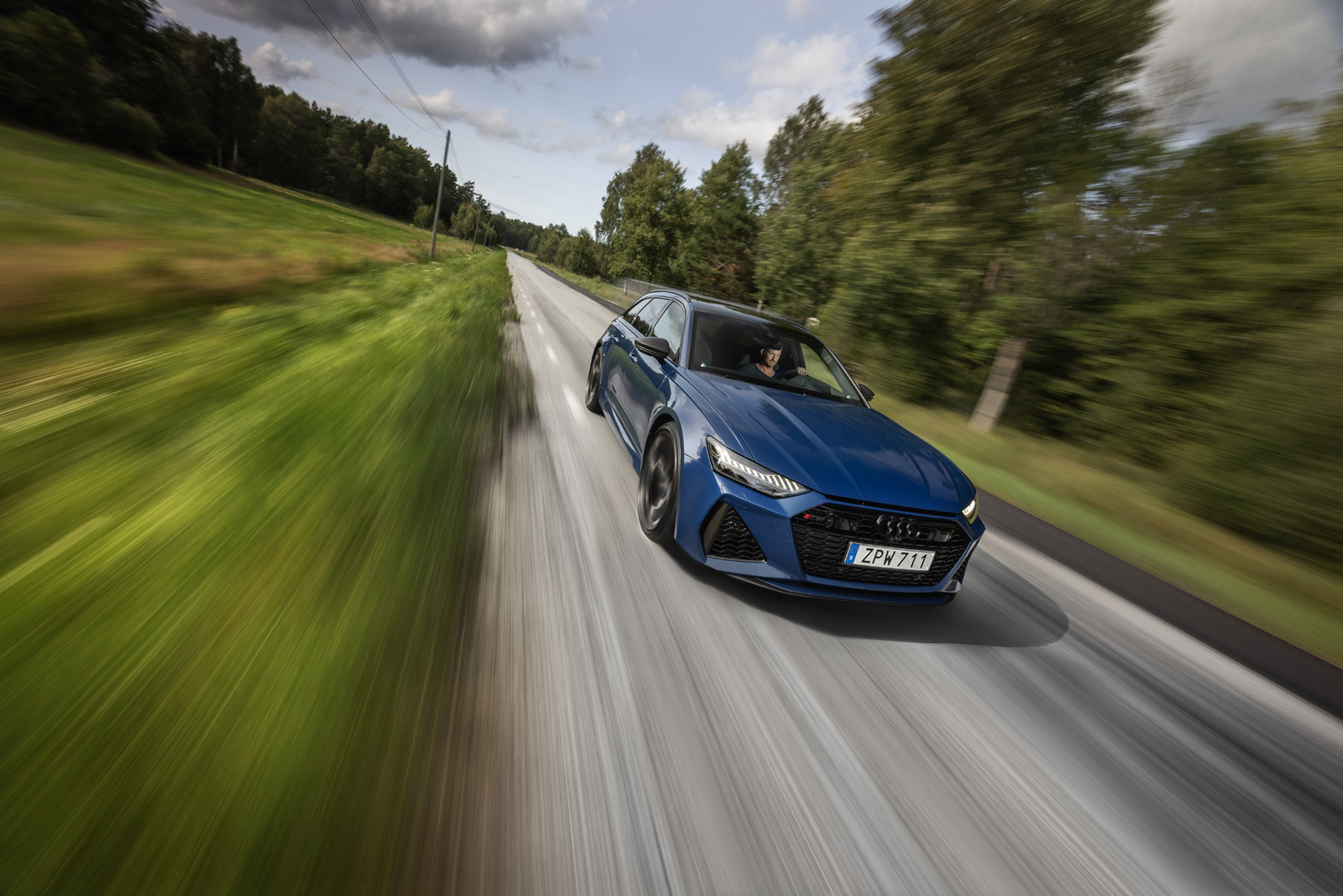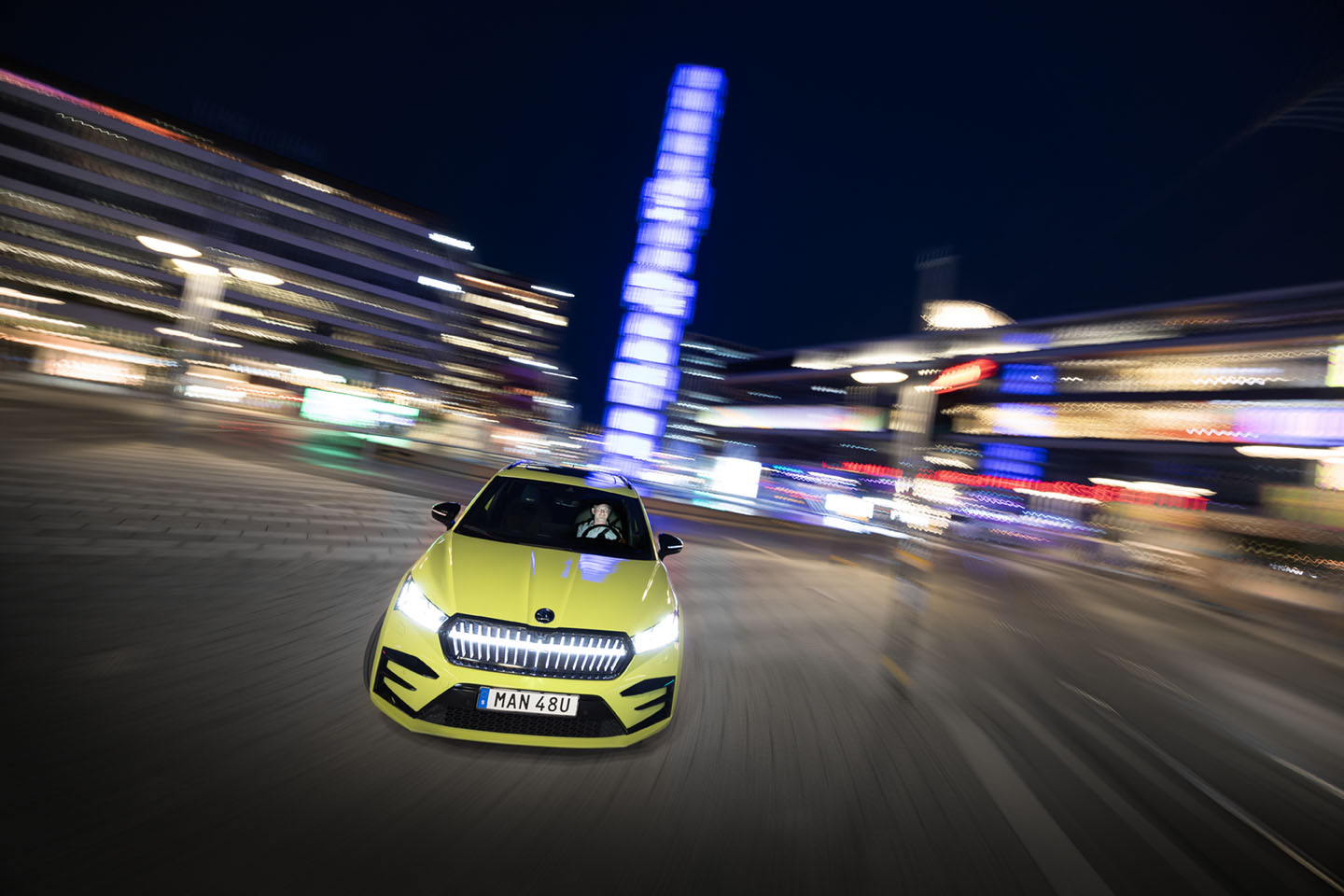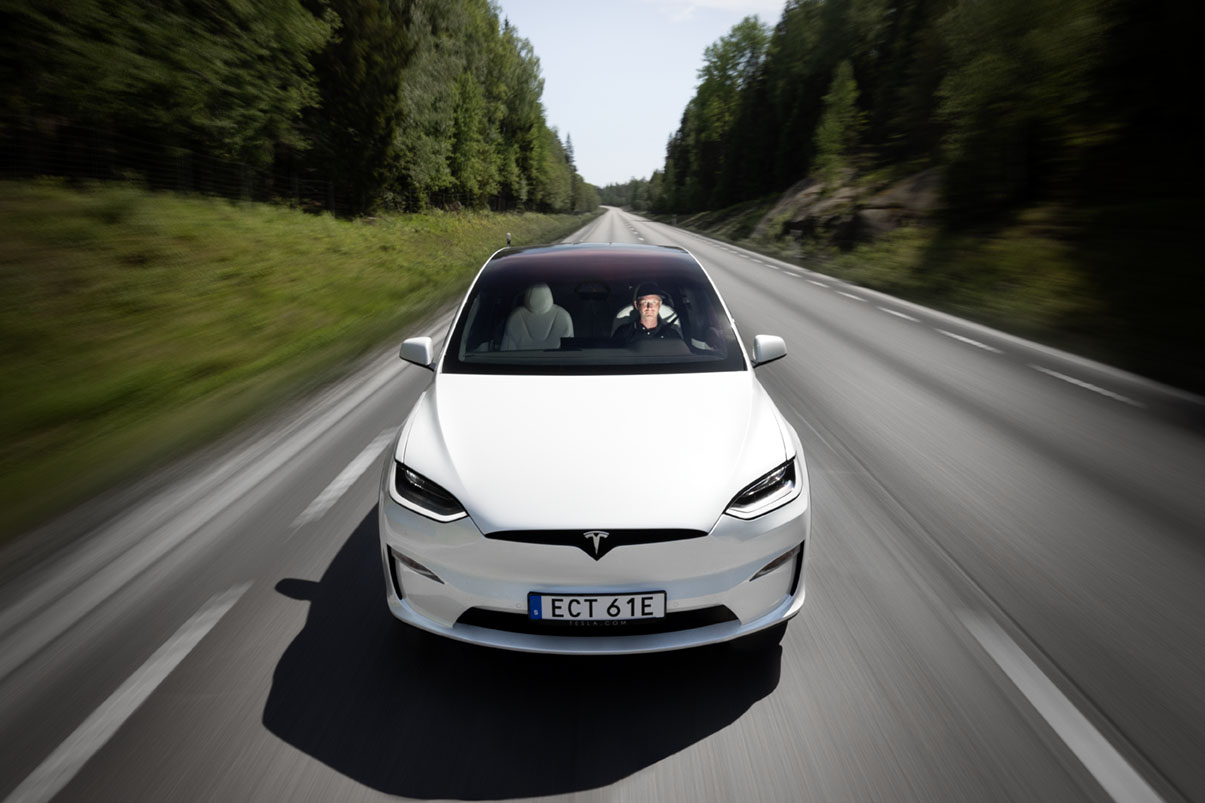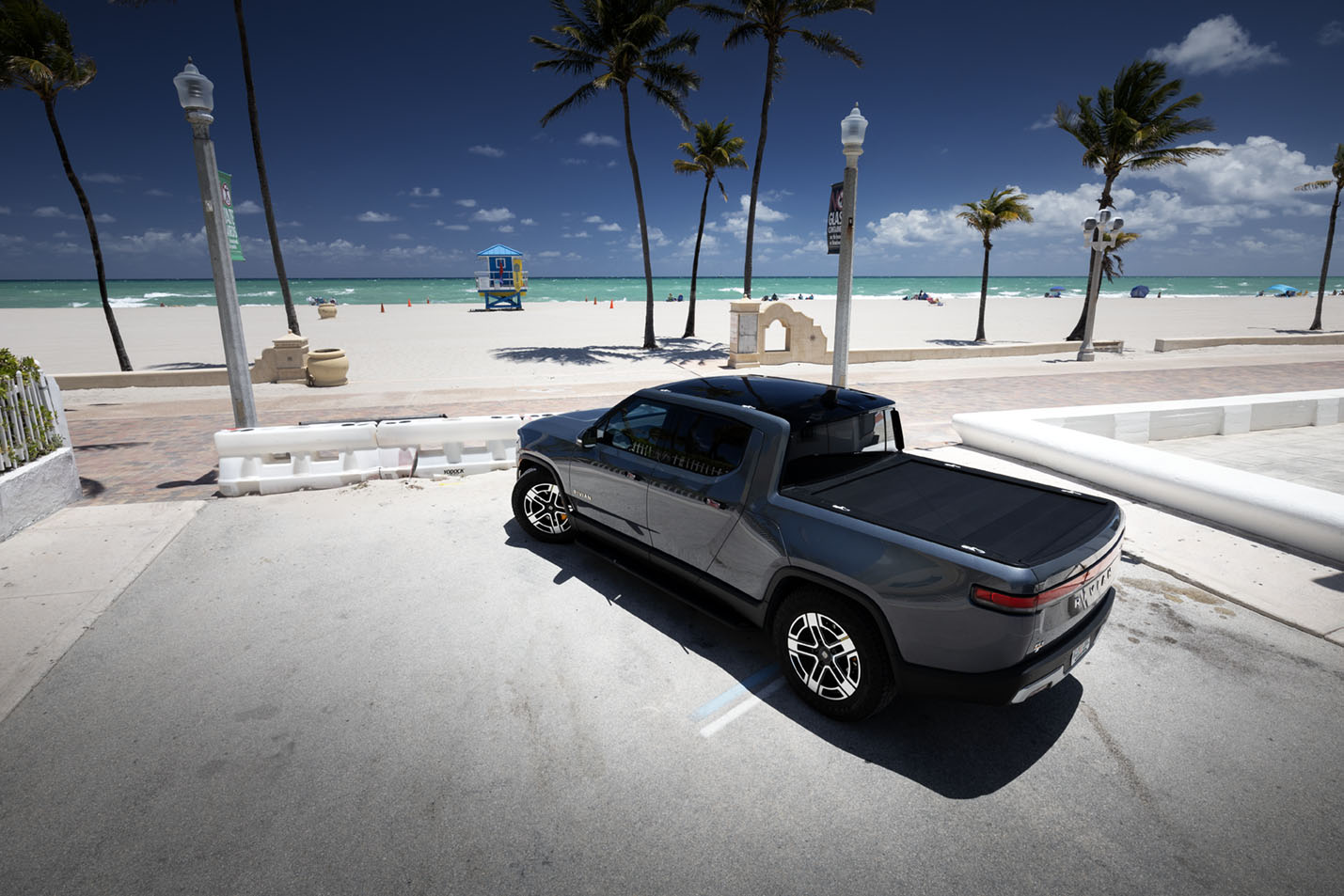
Audi RS 6 Performance
The Audi RS 6 has always been close to my heart and now I got to experience the new RS 6 Performance.
My relationship with the RS 6 goes back so far. The first test drive took place in 2003, which is 20 years ago this year. Then an RS 6 Sedan like Martin Westerstrand, the singer in the rock group LOK and Lillasyster, which I had borrowed for a report in the magazine Slitz for which we were then working. Martin wrote and I took the pictures. Then in 2004 we took out an RS 6 Plus which was what later became Performance. In 2008 it was time for the then new RS6 with a fat V10 engine. Twin turbo units and 579 horsepower. The same engine, but without the twin turbo, was also found in the Lamborghini Gallardo. By the time generation three was introduced in 2013, both engine size and horsepower had been reduced. Now it was a four-liter V8 with twin turbos and 560 horses developed together with Bentley. That version was the first to come in a Performance version with a few more horsepower.

So now it's time to experience the latest version in Performance. To do the job thoroughly, I also borrowed a "standard version" to compare them a bit. The experience as a motor photographer and journalist and standing and waiting for two, not one, RS 6s was clearly something extra. To help me, I had my friend and colleague Erik Trulsson, who is the editor-in-chief of Motormännen's newspaper Motor, which I also work for, and helps them take the pictures for their tests. My plan was partly to take both RS 6s out to take pictures of both cars together but also as I said to compare them a bit to see if there was any difference. The technical difference between them is above all the engine power delivered from a twin-turbo V8 engine of 4 litres. The standard version is at 600 hp, while the Performance version has a whopping 630 hp thanks to a new and larger turbo and mapping. The result is a sprint from standstill to 100 in 3.6 seconds for the standard version and 3.4 for the Performance version. The top speed is electronically limited to 280 km/h for both.


The RS 6 has always radiated power, especially the Avant model, in the Swedish combi version. Widened body with clearly angled wheel arches. You can also equip the RS 6 with a front spoiler, front side flaps, side sills and rear diffuser in matte carbon fiber. A definite option if you ask me. As for rims, the Performance version is equipped with 5 Y-spoke alloy wheels in 22 inches. Another given, but expensive option, are the ceramic RS brakes with red calipers. Something the press car was not equipped with. To further increase the already powerful appearance, they have worked hard with the exterior lighting. Both the front and rear lights with LED technology can make light animations.





When you have found your place, which you do quickly in both the RS 6 and RS 6 Performance. Everything is where it should be! The alcantara-covered steering wheel begs to be hugged tightly with a firm grip. The carbon fiber panels, as in the RS 6 Performance which was blue, the carbon fiber has been dyed blue, which reinforces the sporty feeling. The instruments in front of the steering wheel are now completely digital, which I think is a shame, but probably a generational issue. In the near future it will probably be gone when we who have experienced analog meters have moved on. Another thing that will also come with the generation I belong to is the joy and pleasure that comes when you push the start button and the twin-turbocharged V8 engine starts. At least I won't get tired of this, no matter how cool the electric cars are.


I roll away and of course I choose to start with the RS 6 in standard design and then see if it makes any difference to pay SEK 65,100 extra to get a Perfomrance. The standard RS 6 is anything but boring. this is a really potent and powerful family car that has unfortunately become hot prey for criminals as it is so cargo friendly and outruns most anything. Then jumping over to the RS 6 Perfomrance feels very good, the blue color the car has is also very nice, while the standard version is silver. Nothing that affects performance of course. I have driven many powerful cars in the years I worked as a motoring journalist. But still, since the first generation RS 6 that I, as previously mentioned, test drove in 2003, the car has always stood out. The fact that it looks so tough in a relatively sober way makes it special. And driving it commands such respect. You really feel in control. And if you can drive a car reasonably well, you have control with an RS 6. Thanks to the four-wheel drive, it is easy to control even when turning but going fast. Then the lovely V8 sound carpet is there behind all the time. I will miss the RS 6 and its characteristic behavior when Audi one day chooses to remove it or replace it with an electrified version, which is guaranteed to happen. At least now I have experienced and got to compare the RS 6 and RS 6 Performance and I can willingly admit that I would probably have been satisfied with a regular RS 6 even if it is somewhat weaker.

Audi RS 6 and RS 6 Performance
| Basic price | RS 6 SEK 1,302,200 RS 6 Performance SEK 1,367,300 |
| Engine | 4 liter, V8 engine, twin turbo. RS 6 600 RS 6 Performance 630 hp, RS 6 800 Nm RS 6 Performance 850 Nm |
| Transmission | 8-speed automatic transmission, four-wheel drive |
| Acceleration 0–100 km/h | RS 6 3.6 seconds RS 6 Performance 3.4 seconds |
| Top Speed (Electronically Limited) | 280 km/h |
| Weight | 2,090 kg |
| Dimensions (length/width/height) | 4.979/1.936/1.482 mm |
| Web | www.audi.se |




